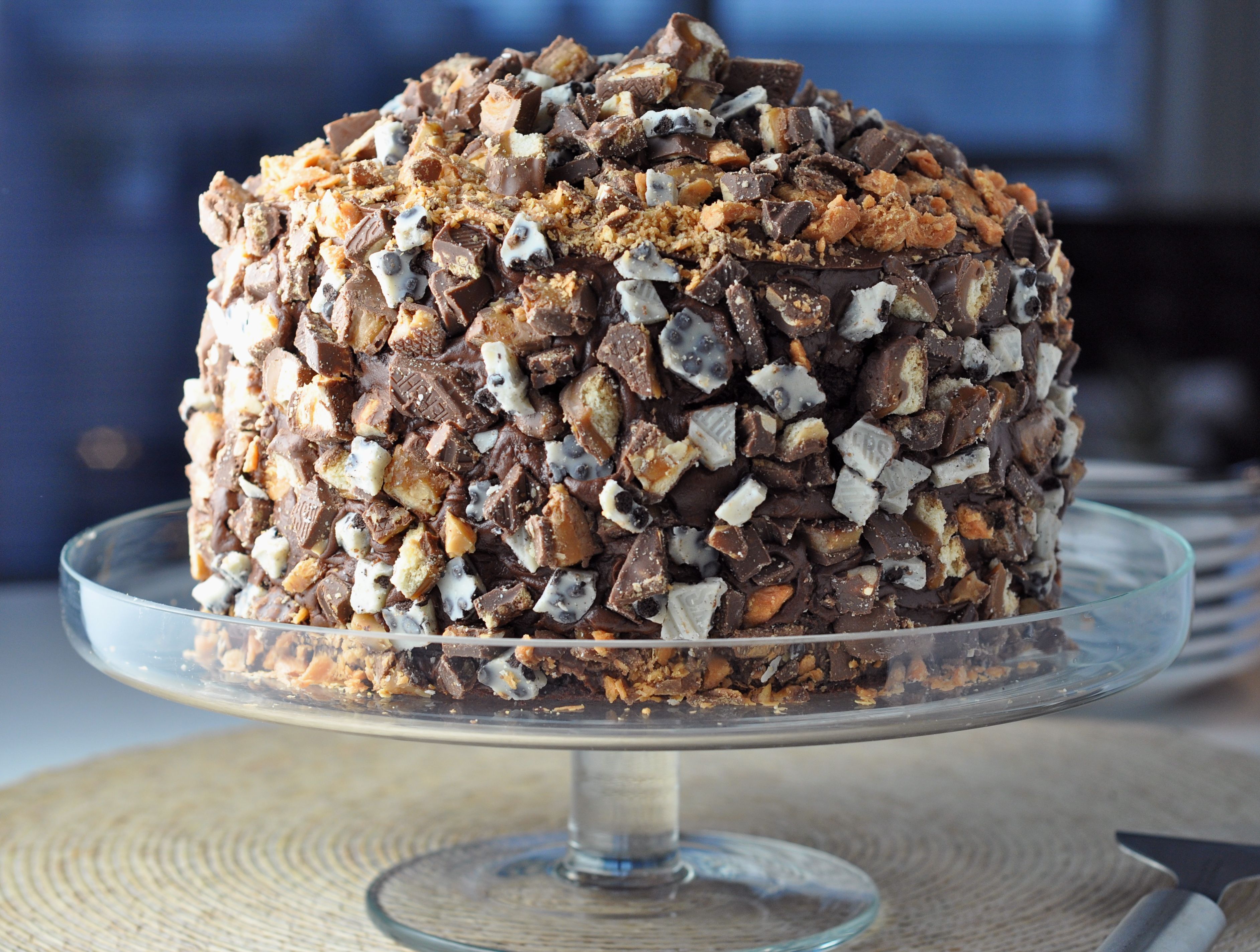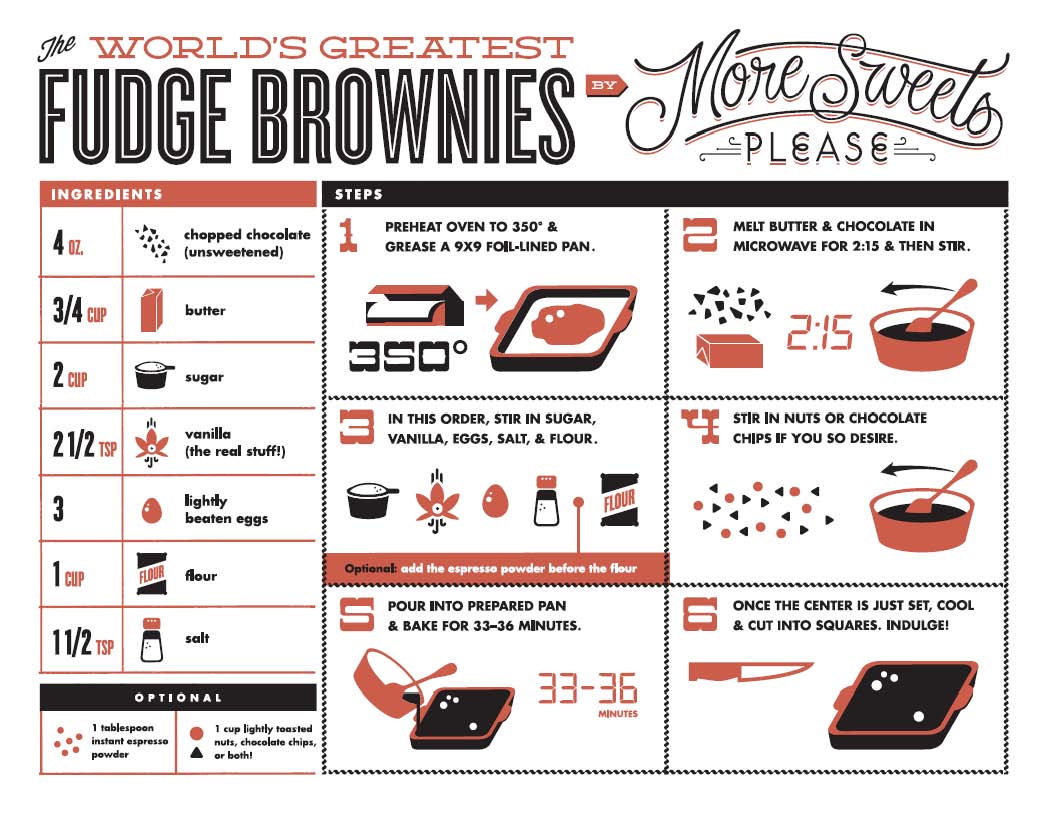Penuche Pecan Fudge
-

Making fudge is highly annoying but immensely rewarding. (Kind of like I imagine what it would be like to have kids.)
Who doesn’t like fudge? (Crickets should be chirping, highlighting the silence associated with no one speaking up about not liking fudge.)
And since we all like fudge, why not make it with brown sugar? That’s the deal with Penuche. It’s just fancy-speak for brown sugar. Brown sugar is an excellent thing… I know because I’ve eaten it by the teaspoon as a snack before. (Don’t judge me. I know you want to try it on its own now, too.) Less sweet, but more complex than what I call kitchen crack (white sugar), it rocks in this fudge. Adding pecans is just a natural match, so I encourage you not to skip them…
So as annoying as it is to get your candy thermometer up to a whopping 235° (yes, you need a candy thermometer- what do you think this is, amateur hour?), you’ll be thankful you spent the time on it after you’ve bitten into your fourth massive cube of fudge. (Fudge cut into weensie cubes are cute, small, and easier to go to town on in a single sitting.)
Enjoy!
Adapted from Group Recipe’s recipe…
3 cups brown sugar, packed
1 cup evaporated milk
1 tablespoon light corn syrup
1 teaspoon vanilla
1/4 teaspoon salt
3 tablespoons butter, room temperature
1 cup pecans, toasted and chopped (optional)
- Grease an 8” foil-lined square pan or line pan with parchment paper, and set aside.
- In a medium, heavy-bottomed saucepan, combine brown sugar, evaporated milk, corn syrup and salt. Bring to a boil, stirring constantly. Continue boiling, stirring frequently, until a candy thermometer registers 234° to 238° (soft ball stage).
- Remove from heat and add vanilla and butter; do not stir. Allow to cool for about 5 – 10 minutes, then beat with a wooden spoon until the mixture just begins to thicken (about 2 – 4 minutes). (If fudge does not thicken, allow to cool a little bit more before beating.) Beat in pecans with a spoon for a few more minutes, until the fudge begins to lose its gloss but is not too thick.
- Pour or spread fudge in prepared pan, and allow to cool. Cut into squares or cubes when firm. Store tightly wrapped at room temperature.
Tips: - Using parchment paper to line your pan? I recommend that you use two strips cut to fit your pan perfectly (see the picture of my pan above, with the obvious parchment pieces). If you try to shape one piece into the pan, you will lose your cool because parchment paper just plain doesn’t work that way. You might think you’ve got it licked, then when you go to spread the fudge in the pan you’ll regret it because the parchment will wiggle all around on you as you try to spread the fast-hardening fudge. So much drama, I know. I plan to stick to foil in the future, with a nice spray of canola oil or greased with good old fashioned beurre.
- Notes on testing for the elusive “soft ball stage”: spoon about 1/2 teaspoon of hot goo from your pan into about a cup of cold water. Using your fingers, try to form the goo into a ball shape (in the water). Gently pick the formed ball up (if it will not form a ball, it is not ready yet) – the goo should form a soft ball that flattens a bit when removed from the cup of water when it is at the right stage.
- Make sure your candy thermometer isn’t touching the bottom of your saucepan, which will make you think your fudge is ready for action and then screw everything up.
- Hot fudge is, well, hot. Please be careful. You might want to lock your kids up somewhere when you are making this recipe. Don’t forget to unlock them from captivity after you have enjoyed your share of the finished product.
- Butter should be at room temperature, which will melt that much easier when you add it to the fudge. I also prefer to use the salted kind in this recipe, since you need a touch of salt to help highlight the sweet.
- Pecans are optional, and if you want to keep them whole, go for it. I will warn you that they are harder to cut when you slice into them whole- they sometimes like to flick off the surface of the fudge. Next time I will chop up into smaller bits.
- Please toast the pecans before you use them, if you do plan on using them- it makes a big, big difference (according to me). You can swirl them in a pan on the stove over medium heat for a few minutes until they toast, or put them on a baking sheet in a 350° oven for about 6 – 8 minutes. Make sure to check often… they do burn quickly if you do something like leave the room and forget about them.
- Beating the fudge is exercise. I prefer doing it by hand instead of using a stand mixer, since the goo is best contained in one spot (instead of being transferred from saucepan to bowl to pan)… and time is of the essence. The moment the fudge begins to lose its shine (step 3 above), work your ass of to get it in the prepared pan as quickly as you can. It will start to stiffen up in a way that won’t be a good thing.
- Fudge is annoying but rewarding. I think I already told you that. Really- all that beating, all that wondering if you’re doing it right- it’s all okay when it sets in the pan. Sometimes it’s too soft, and sometimes it’s too stiff, but at least it usually tastes great. So if it’s not presentation-worthy, you can still binge on it on your own. Bravo!
- Want more fudge? Try the Bittersweet Chocolate Pecan Fudge, and then the Fudge-Stuffed Chocolate Cookie Brownie Bars for when you have leftover fudge in the freezer and want to do something absolutely mind-blowing with a brownie bar.
Related Recipes & Posts:









